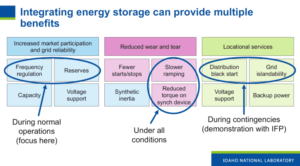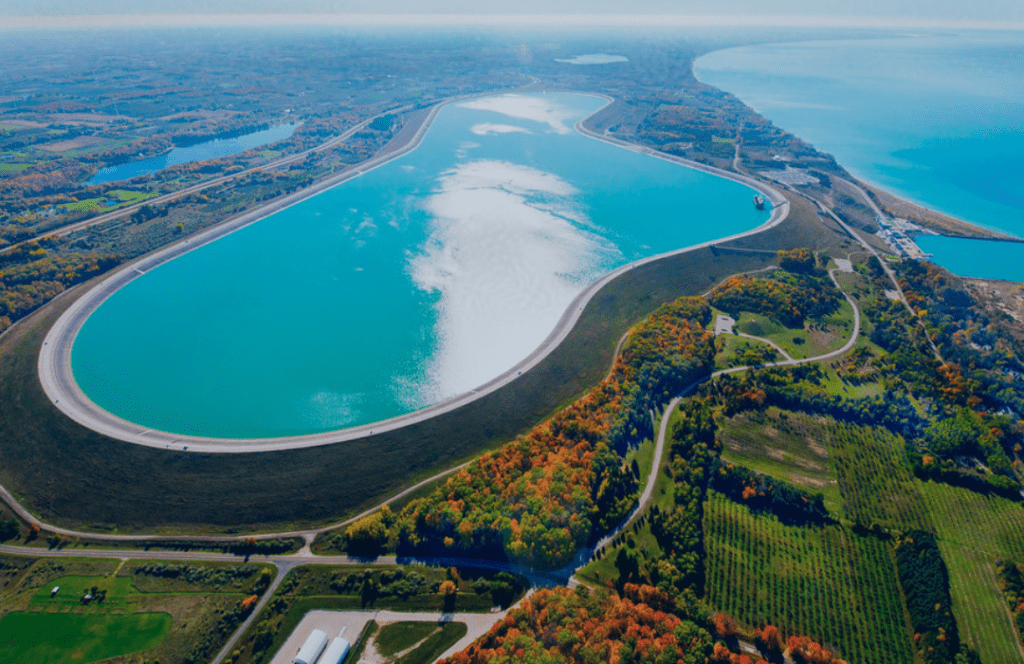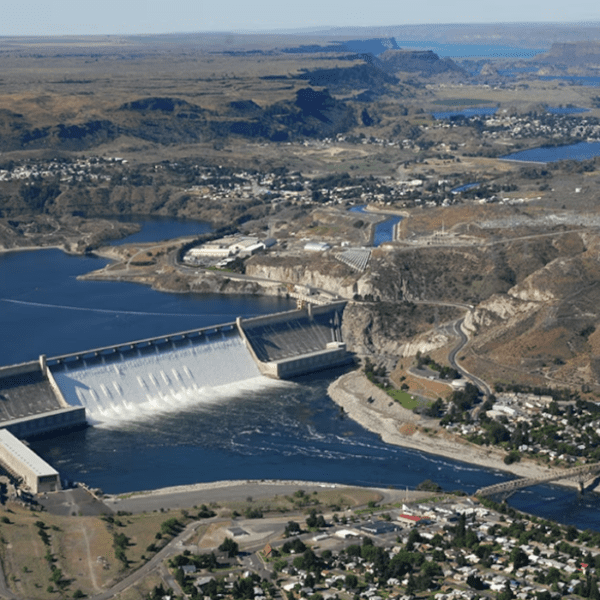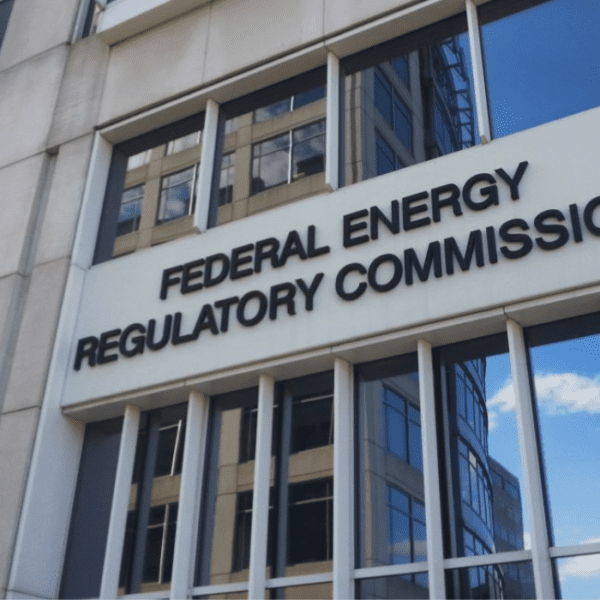Hydropower is America’s first renewable resource and continues to provide 40% of the nation’s clean electricity. For centuries, humans have been using water to power things like grinding wheels, saw mills and manufacturing. In fact, it was the Niagara hydro plant in upstate New York that powered America’s first foray into commercial arc lighting.
But hydropower’s job description is changing. The introduction of wind and solar has meant that hydropower and pumped storage are acting as zero-carbon balancing resources, enabling integration of these newer technologies while lowering costs and maintaining grid stability.
Another enabling technology is batteries. Batteries are a natural partner to wind and solar whose generation is intermittent and for the most part non-dispatchable. So, for wind and solar developers, that partnership makes sense.
But, what about blending hydropower with batteries? What are the opportunities for hydro (both with pondage and run of river)? What are the potential value streams that this combination can bring?

Untapped Benefits
The March 11 Path to Clean Energy webinar, organized by the National Hydropower Association (NHA), provided lots of reasons for any hydro asset owner to consider adding batteries. Whether it was an expert at our national labs, an energy consultant, a hydro supplier or an owner who recently added batteries, all seemed to agree — there are multiple value streams when pairing batteries and hydropower.
And these benefits are not just theoretical — there are owners and developers who are leveraging the power of batteries with their hydro units to provide key flexibility to integrate renewables, lower costs and maintain reliable systems.
The Deep Dive
Let’s start off with the most obvious one: shifting generation. Hydropower owners with pondage capabilities have been doing this for decades. They store water in times of low prices and release water when demand and prices are higher. There are lots of other considerations, of course (license parameters, operational priorities, other public uses) but that’s basically it. Batteries can help run of river hydro facilities store some of the energy produced to release it later when demand and prices are higher.
Next, the panelists discussed increase market products that batteries can enable. For example, Regulation D in the Pennsylvania, Jersey, Maryland Power Pool (PJM) is a fast frequency regulation product that is in addition to Regulation A which is typically provided by hydroelectric plants. By adding batteries, hydropower plants can supplement their current regulation services with faster regulation products like Regulation D. This also provides the owner more flexibility in what services to provide and when. AEP recently installed a battery system in Virginia for this specific purpose.
What about environmental performance? Asa Hopkins from Synapse Energy Economics presented on a case study on one of Great River Hydro’s facilities where batteries were contemplated as a way to increase environmental outcomes while minimizing revenue loss. The case study examined the revenue impacts of the Vernon Dam project adding batteries so the facility could be operated in a more environmentally optimized way (run of river or inflows equals outflows). The researchers found that an investment in a 10-MW, 2-hour battery system would be profitable on the mid to upper ranges of the cost estimates. Essentially, by adding the system to the Vernon Dam, the owner could operate closer to run of river mode while minimizing the energy market revenue losses.
What about integrating renewables? Darron Scott of the Kodiak Electric Association (KEA) was able to provide real-world examples of how blending batteries and hydro can help with renewable integration. KEA operates an “islanded system” with several renewable energy resources, including the Terror Lake hydroelectric plant which provides approximately 80% of the utility’s generation. Darron provided specific examples of how the battery system was able to respond quickly to grid contingencies such as when their wind facilities unexpectedly ramp down. Darron explained in one event the wind generation was supplying over half the system demand in one minute and dropped to zero generation in the next minute. The batteries played a key role in responding quickly to frequency deviations while allowing the hydro facility time to respond to stabilize the system.
What about equipment performance? Jens Paeutz, from Andritz, an original equipment manufacturer, explained that they have seen greater mechanical stress from hydro turbines in responding to frequency deviations. This stress is increasing as more renewables come onto the system and fewer units can provide inertia or primary frequency response. In most U.S. markets, primary frequency response is not compensated for thus providing added costs through wear and tear without proper compensation. Jens explained that his customers are considering adding batteries to reduce the stress on governor controls and the turbine in order to prolong the life of the mechanical equipment.











